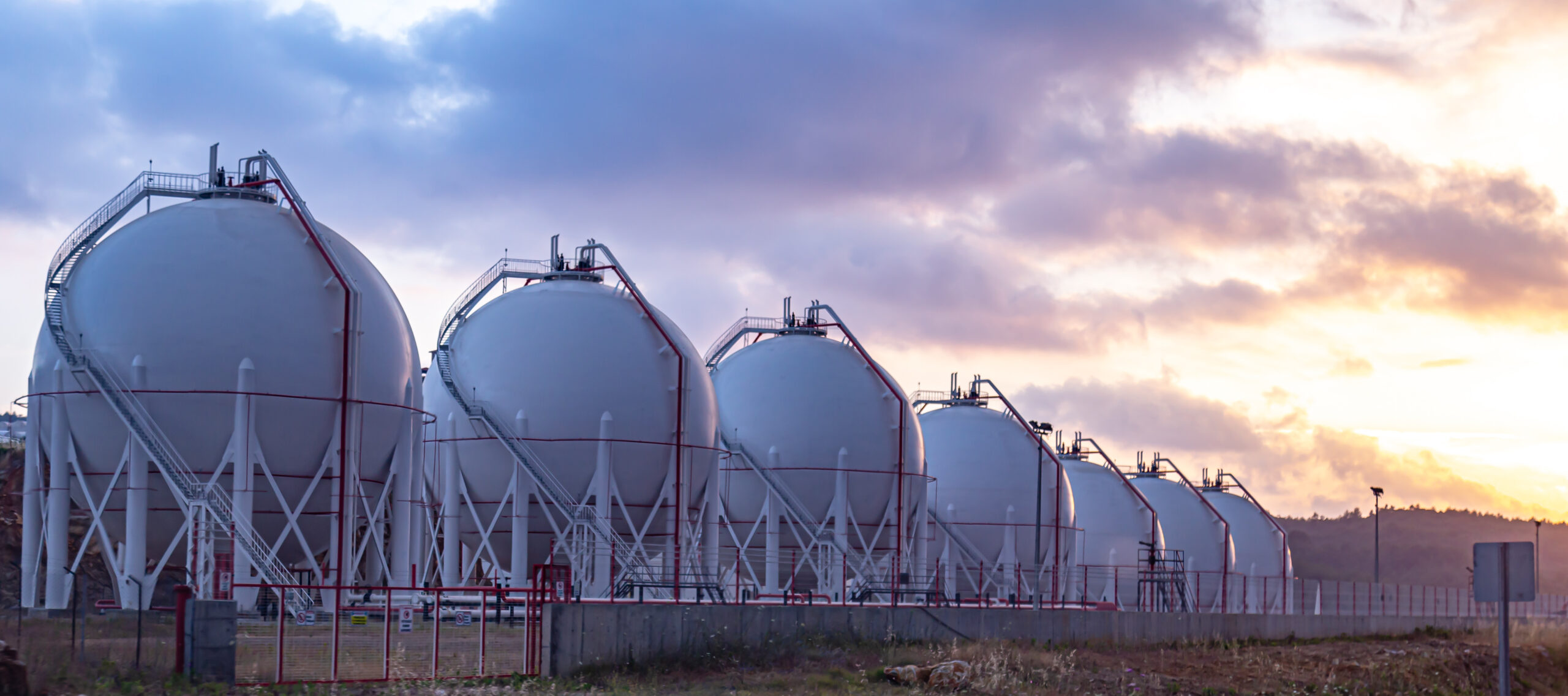AGA Comments on EPA GHGI Industrial Commercial Meter Memo Oct 23 2020
AGA Asks EPA to Gather More Representative Data Before Changing Methane Estimates for Industrial and Commercial Meters On Oct. 23,…
New research shows that surging demand for energy has created an urgent need for more natural gas storage. In Assessing the Value of Natural Gas Storage: A Strategic Asset for Grid Reliability, System Resilience and Operational Flexibility in a Changing Energy Landscape, emerging pressures on natural gas infrastructure are highlighted because of rapidly increasing demand for energy, including from data centers and a resurgence of American manufacturing.

AGA Asks EPA to Gather More Representative Data Before Changing Methane Estimates for Industrial and Commercial Meters On Oct. 23,…
On Friday Oct. 30, AGA submitted comments on EPA’s proposal to add a reporting option on renewable natural gas (RNG)…
October 21, 2020, EPA issued the final rule codifying previous guidance to clarify New Source Review (NSR) and Prevention of…
During its annual Winter Outlook, the American Gas Association (AGA) announced that customers who use natural gas to heat their…
On October 15, 2020 The Atlantic ran “Kill Your Gas Stove: They’re bad for you, and the environment. If you…
On Oct. 6, AGA submitted a letter requesting that the Chemical Safety and Hazard (CSB) clarify that natural gas transportation…
On Sept. 16, AGA joined in the NWP 12 Coalition Brief in Northern Plains Resources Council v. Corps demonstrating why…
Natural gas utility financial and operation performance metrics are presented by year (in three-year intervals) and by company type (investor-owned…
Are there documented risks to respiratory health from the use of natural gas stoves? The available body of scientific research…